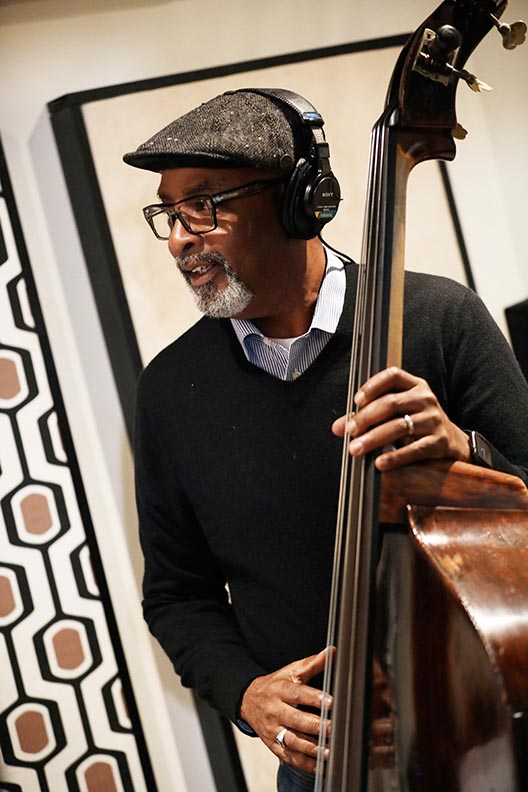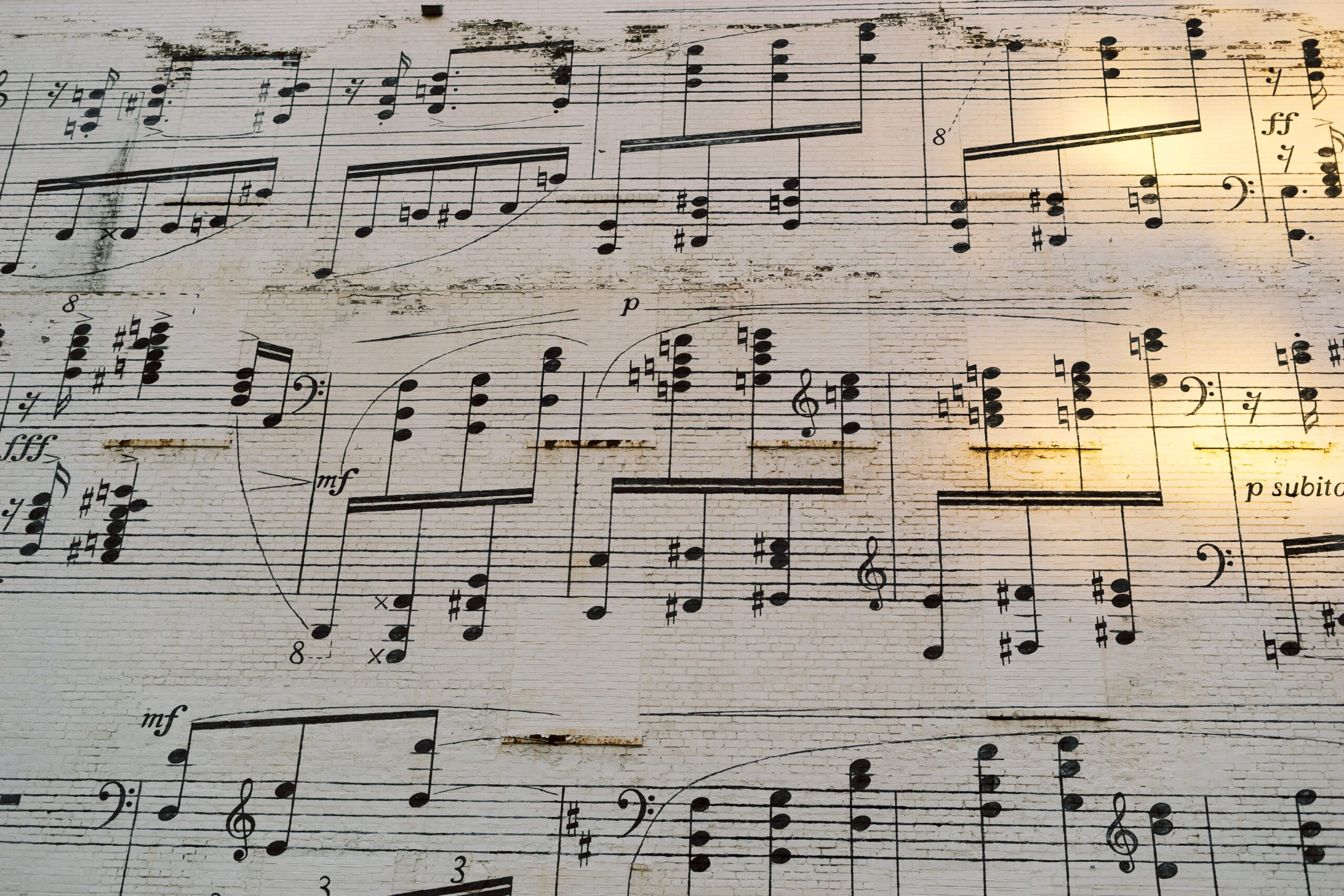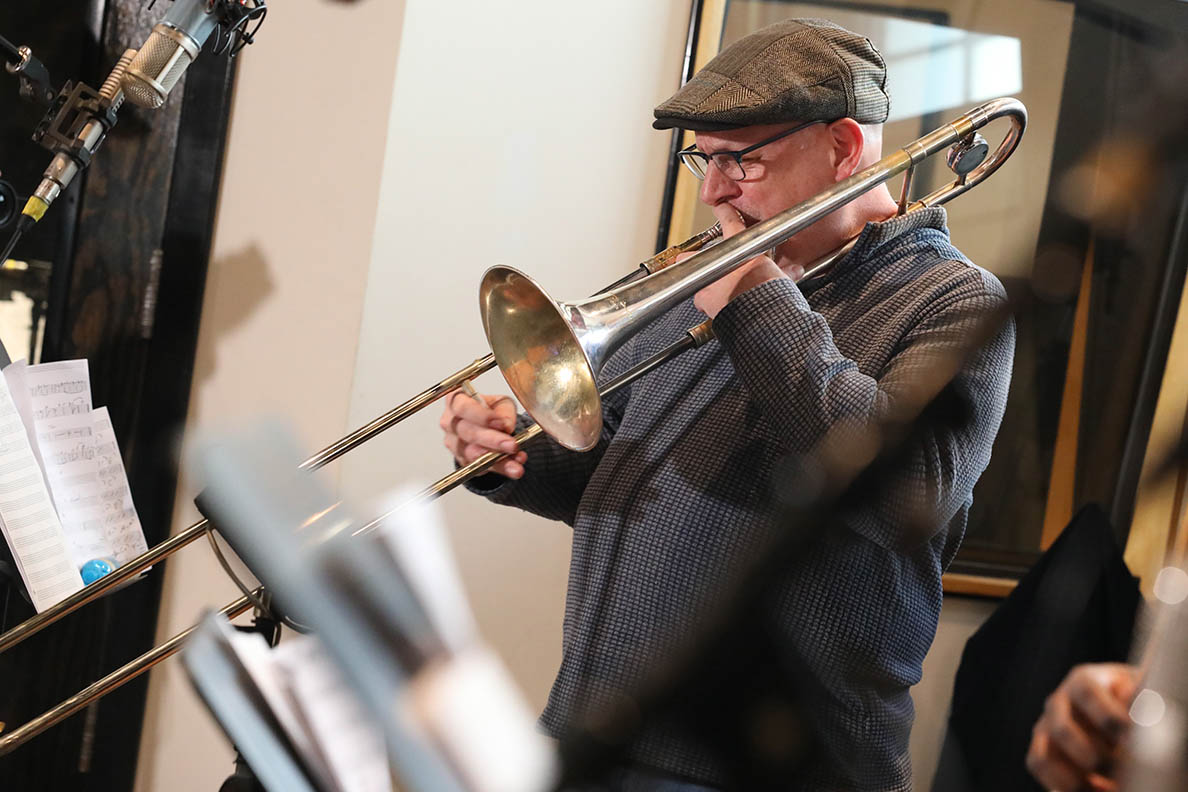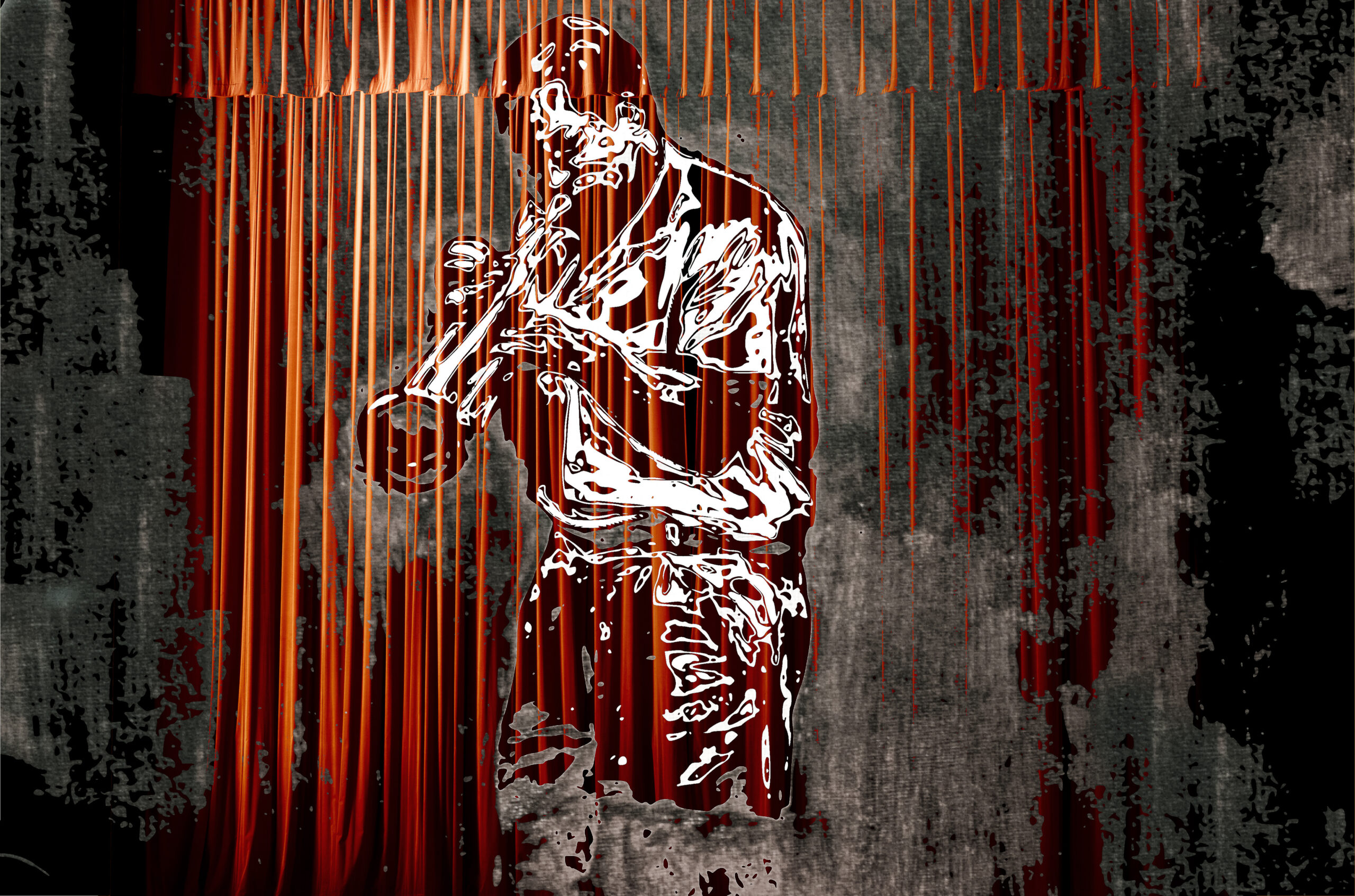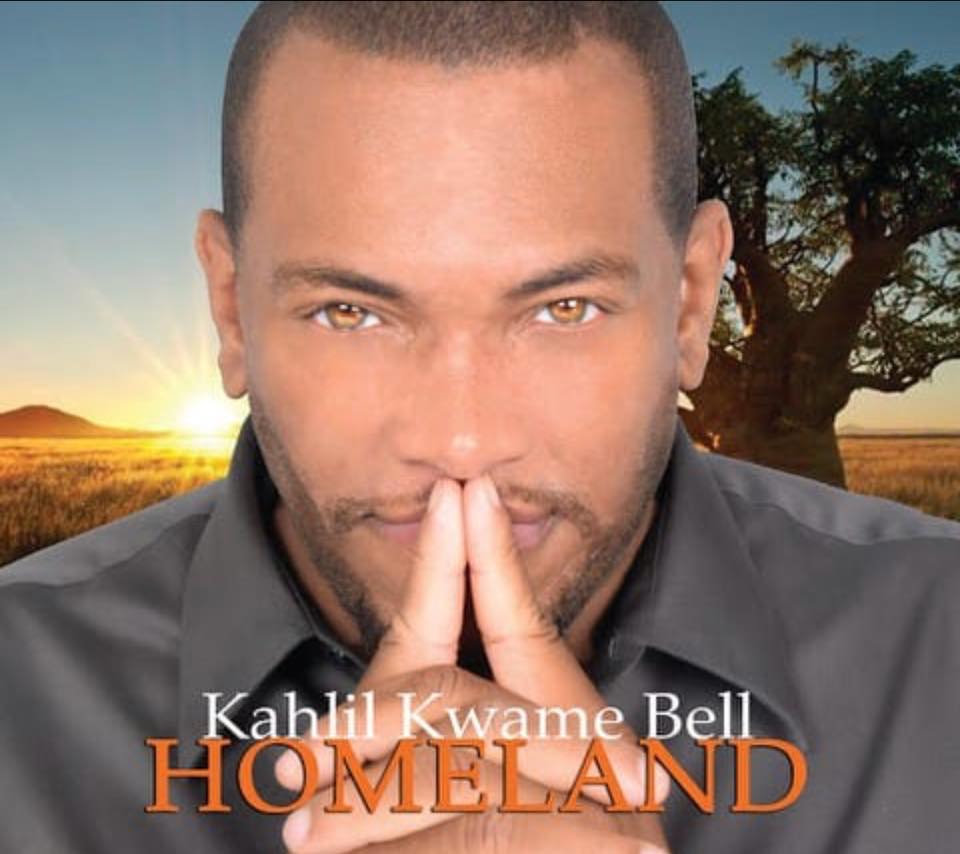Feature Friday Q&A with Wayne Escoffery Part II
Feature Friday Q&A With Wayne Escoffery Part II
The conversation with Wayne Escoffery continues this beautiful Friday! Today we talk more about the Grammy-award-winner’s early times on the sax, along with his other career aspiration—psychology.
JK: Do you think there was anything specific that inspired you to play the tenor saxophone?
WE: I mean, again, my mother was a big influence in that regard. And it turns out that my grandfather on my father’s side. played amateur saxophone so that I guess was kind of, somewhat of an inspiration. As far as the tenor goes, really at my elementary school, they were handing out saxophones and the tenor was the biggest one and I was the biggest guy so they gave that to me.
JK: Makes sese! Do you remember any of the first songs you learned on the tenor sax?
WE: Uh, probably Hot Cross Buns.
JK: Haha of course. And then were there any songs that really resonated with you as you started to advance?
WE: Let me think about that. Because I came from the perspective of a singer and I was influenced by those Motown singers as well as the singers of the choral tradition, I would really try to play some of those melodies by ear on the horn. And even popular melodies of the time. I remember trying to play songs by New Addition, songs like Candy Girl. Whatever was popular at the time, I tried to play on saxophone. I watched a lot of black TV shows like the Jeffersons, and I used to try and play that theme song on the saxophone. I pretty much played any popular music that I was hearing. And I think that was good to do because it’s important to play what is familiar to you, so you learn how to play what you’re hearing in your head on your instrument because ultimately that’s what we try to continue to do.
JK: Do you miss singing at all? Do you still sing?
WE: I don’t sing anymore. I do miss it sometimes. It was a very great experience, not just the act of singing but the camaraderie. The organization was a great organization and the amount of discipline that was required to perform—there are a lot of aspects of that that I think I kept with me over time.
JK: When you were a kid, did you pretty much know that you wanted to become a musician?
WE: I kind of did. My dream was to be a pop singer. But I’m not sure that I really thought, when I was young, that that was a career. I knew that it was something that I wanted to do and that I loved to do and that I fantasized about but I don’t know that I thought about making music as a career or a way to make money, it was just definitely something that I wanted to do. When I was older and realized that a career meant making money so that you could take care of yourself, I wanted to do other things but the music was still a passion and I decided that if I really wanted to be a successful, serious musician that I had to really dedicate my time and energy to it.
JK: Did you have an idea of something else you wanted to do to make money?
WE: I studied psychology a little bit. Even in high school, I was fortunate enough to take some college level classes in psychology. At one point I really wanted to do that, to be some type of therapist or a psychologist.
JK: But then your music career took off?
WE: Well, it’s not that it took off but that I realized how much time and dedication it would take to reach the level of artistry that I wanted to be at and I felt like I had to make a choice—I wouldn’t be able to do both.
If you’re looking for some more Wayne Escoffery, check out our albums My Ship and Old New Borrowed & Blue, both of which are available in our store and on all major music platforms!




